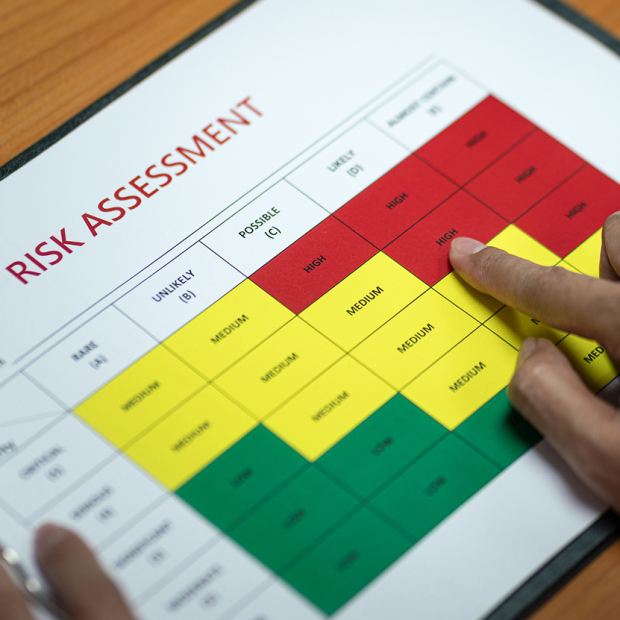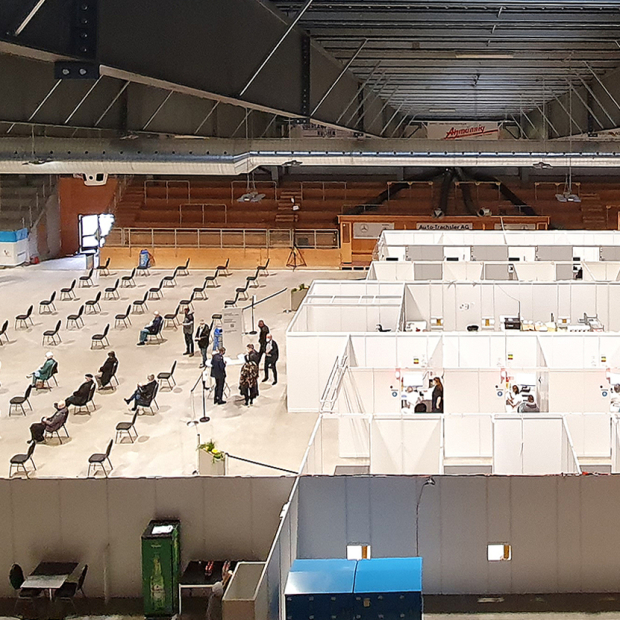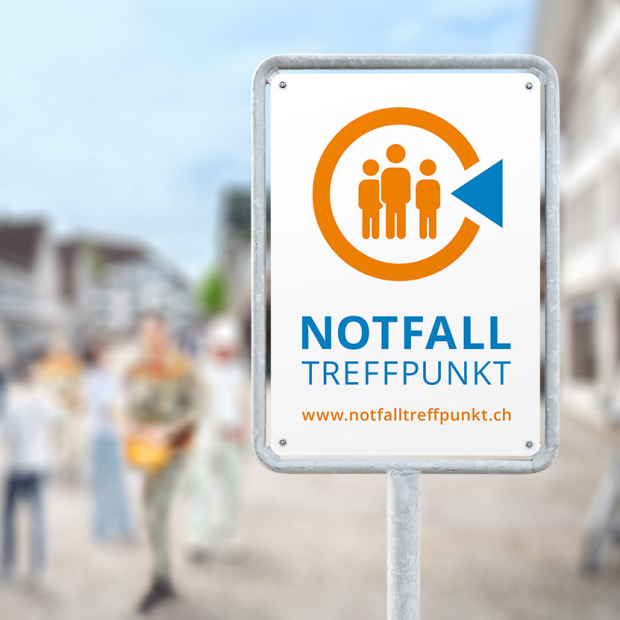

A basis for reliable comparisons of biological hazards in Switzerland
While biological hazards are often very different in nature and difficult to compare, comparing them is nonetheless essential to the task of prioritizing risk-mitigation responses. In light of this necessity, EBP helped the Swiss Expert Committee for Biosafety (SECB) to establish a sound basis for risk comparison.
In the course of tracking biological hazards over the past several years, it became clear to the SECB that public perceptions of the hazards present in Switzerland often disagree with the actual risks associated with them. Thanks to an evaluation method developed by EBP, the SECB could objectively compare hazards and their associated risks for purposes of prioritizing risk-mitigation measures.
Enabling a more systematic approach
To arrive at our method, we adapted the approach used in the National Risk Analysis of Disasters and Emergencies in Switzerland. We then organized and moderated two workshops with SECB experts. Using our method, the SECB experts were able to uniformly estimate the probability of occurrence and damage potential associated with the various hazards. This enabled a first-ever direct comparison of the different hazards and established a basis for prioritizing mitigation measures.
Biological hazards in Switzerland
While participating in the workshops, the SECB members analyzed seven biological hazards in Switzerland:
- Invasive plant pathogens (e.g. Xylella fastidiosa)
- Epizootic diseases
- Diseases transmitted by invasive vectors (e.g. Aedes albopictus, also known as the Asian tiger mosquito, as a cause of Chikungunya epidemics)
- Antibiotic-resistant bacteria
- Foodborne pathogens
- Inadvertent release of dangerous microorganisms from otherwise controlled systems
- Negative impacts of new plant properties developed via conventional breeding or genetic engineering
Report: Biological Risks in Switzerland
We summarized our results in a final report, which includes a risk matrix that enables readers to conveniently compare biological hazards in Switzerland. This report provided a basis for the publication of the SECB’s report “Biological Risks in Switzerland” in November 2019.











